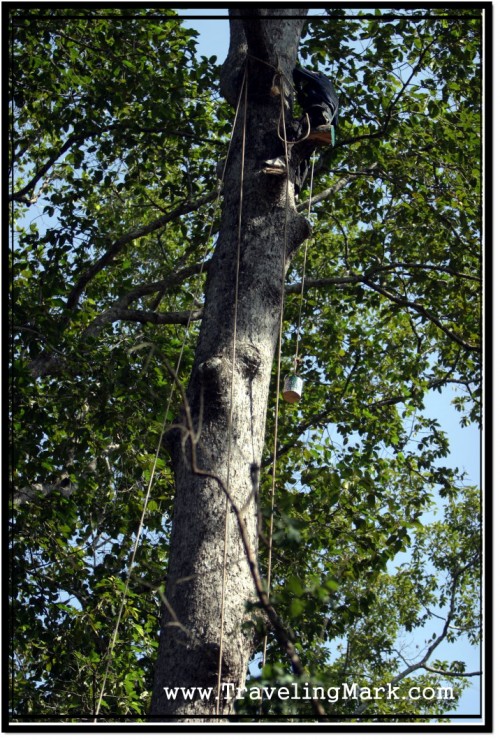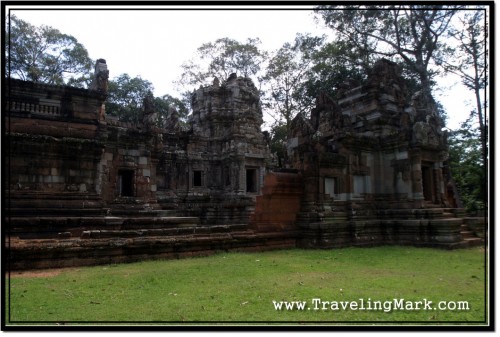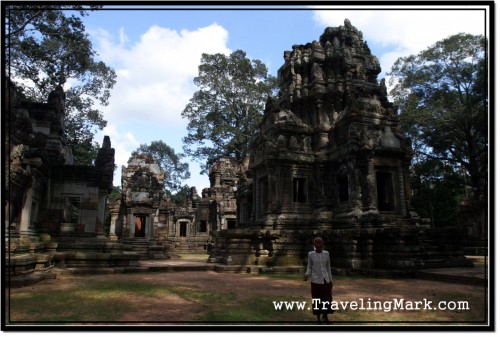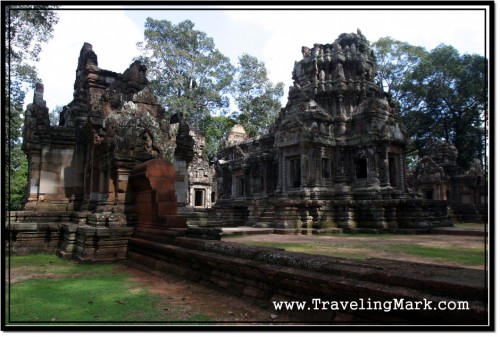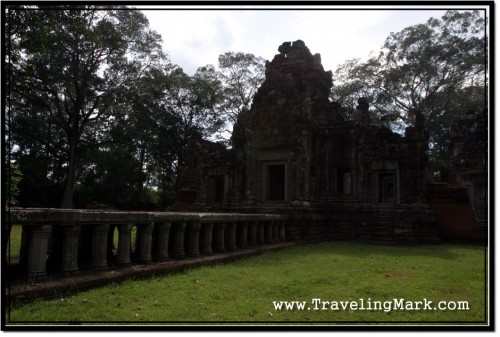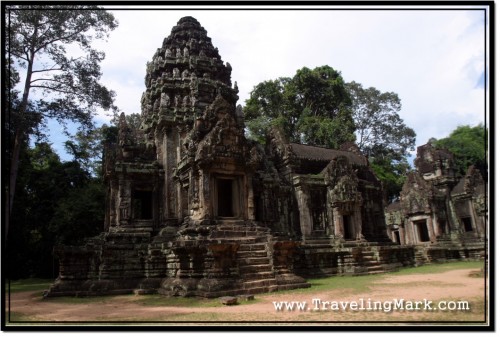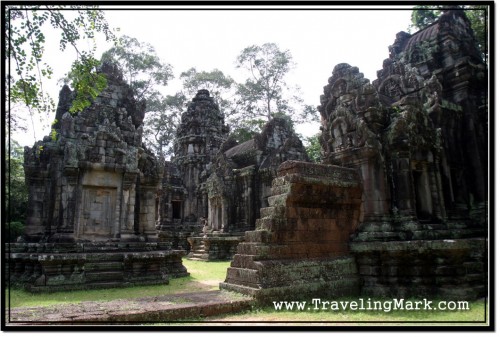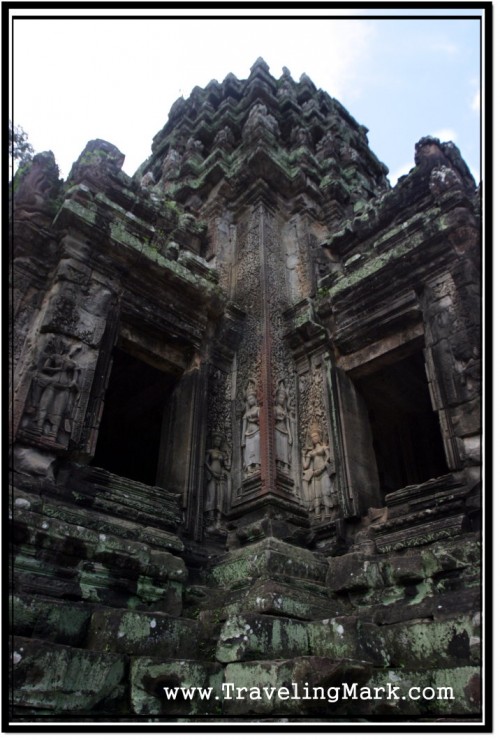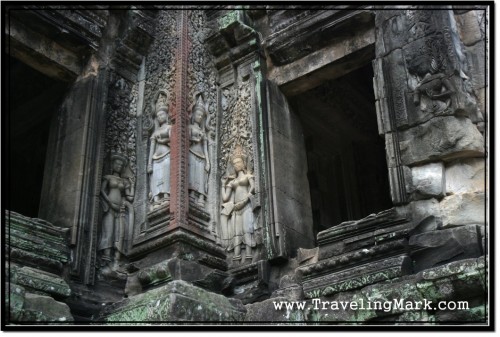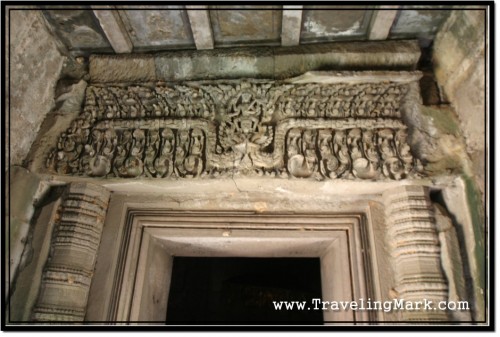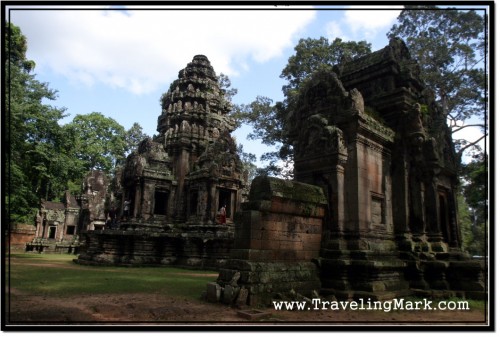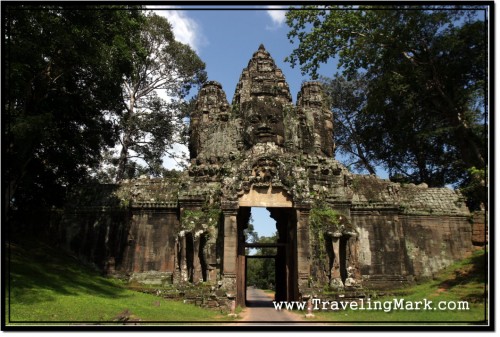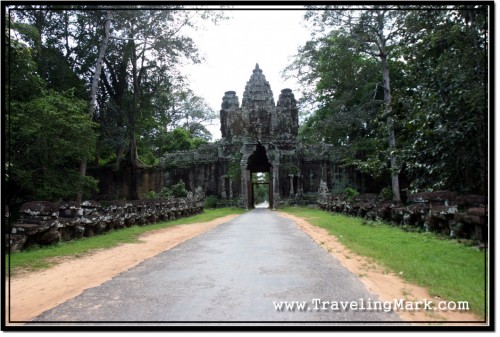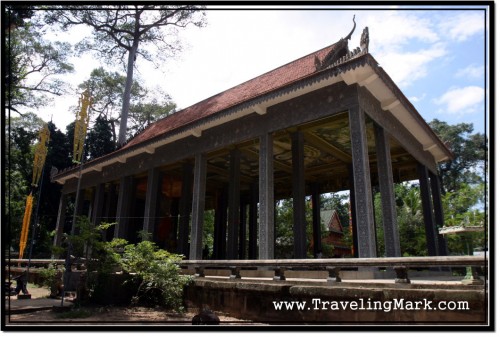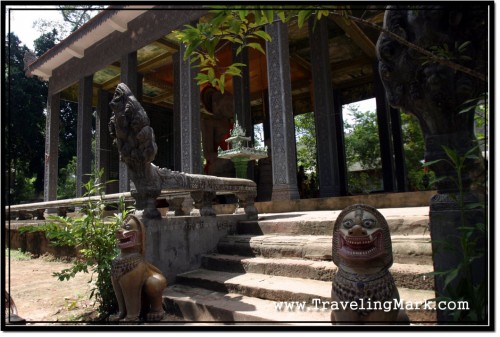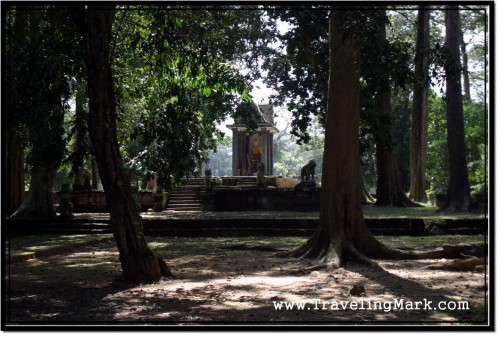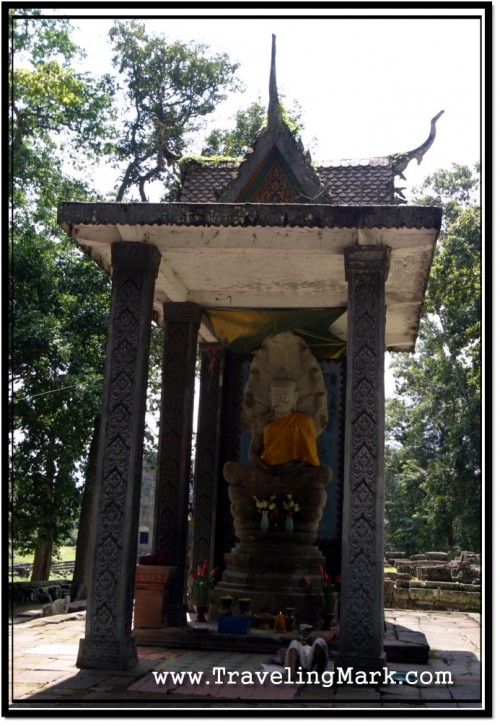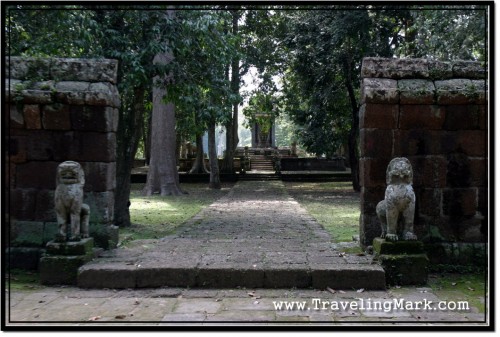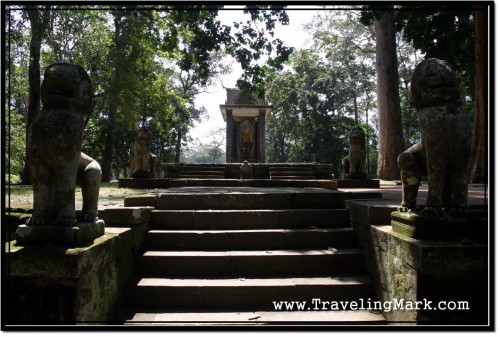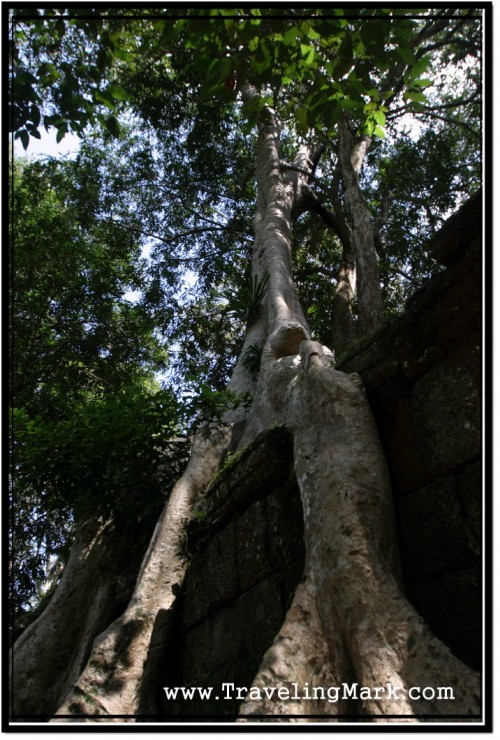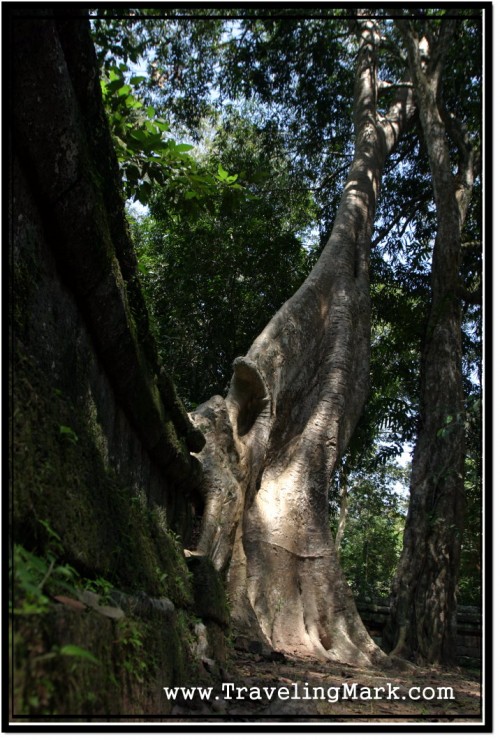While 12 million Cambodian live on less than $1 a day, a handful of people are extremely rich. There is no middle class in Cambodia – only too many extremely poor and a few extremely rich. The Rich Cambodians are richer than can be explained in words. Prime Minister Hun Sen, who took control over Cambodia by mercilessly removing anyone standing in his path became the youngest and wealthiest premier in the world when he was only 33 years old. After killing more than million people, Hun Sen is right up there with world’s most vicious dictators, second only to Adolf Hitler or Joseph Stalin.
By privatizing Angkor Archaeological Park to keep near a billion US dollars in direct revenue it generates a year for themselves, and by illigal logging and further exploitation of country’s natural resources to keep billions of dollars these generate for themselves, the corrupt government of Cambodia strips their own people of any share in wealth historical, cultural and natural resources of Cambodia provide. These resources should and do belong to all Cambodians, yet the revenue, even though it’s more than one could fathom ends up in pockets of the rich. In a country of estimated 14 million people, a few dozen are extremely rich and extremely powerful. The rest are either barely scraping it or completely unable to make ends meet. Let’s take a closer look at rich Cambodians:
British “The Sunday Times” recently published an article on children of rich Cambodians and high lifestyles they get to live. Their parents are the senior officials of the world’s most corrupt government with pockets so fat they don’t know what to do with all that money, so their children get to spend it. And as is obvious from the article, they do enjoy the privileges of wealth and are not afraid to flaunt it. You can check out the full article on the following link:
http://www.timesonline.co.uk/tol/news/world/asia/article7023700.ece
There are two countries in Cambodia. One is real Cambodia – full of underprivileged and impoverished people whose first thought of the day is the worry about whether they will have enough rice to feed the family with today. In this Cambodia, 8% of children die before the age of 5 deprived of medical care and any real chance to live decent lives.
The other Cambodia is the country of the rich. It houses a handful of people who keep billions of dollars generated by illegal logging, smuggling, land grabbing and corruption for themselves. Through systematic exploitation of historical and natural resources which should benefit all of Cambodians, this handful of people strips the public of any share of the profits their resources generated and finance their super high lifestyles with it. These rich Cambodians made themselves untouchable as military, police and justice system are all controlled by them to do as they are told.
Children of Rich Cambodians are sent to study at prestigious foreign universities and are given all the money in the world to enjoy themselves any way they please. They wear military VIP stickers on their car’s dashboards which gives them complete immunity. The police won’t touch them and if they get involved in an accident or other dispute, it will always be that other party’s fault.
The life of Rich Cambodians is sweet. Living in heavily guarded Tuol Kuok district in Phnom Penh, rich Cambodians have all the money in the world and keep the power tightly among themselves. Meanwhile, foreign governments keep sending more and more funds which Cambodian government relies on when planning their annual budgets. Why would they bother including money generated by Angkor Archaeological Park or extensive deforestation into the budget? Foreign governments blindly send them money, so they can keep profits from Angkor and illegal logging for themselves. Afterall, their children like to drive half million dollar cars and go on exotic vacations countless times a year.
Cambodia has vast gas and oil deposits but has not started exploiting those yet. Oil rich economy could send a wrong signal to foreign governments that the country makes enough money and doesn’t need donations to plan out a budget anymore. Whereas by keeping the majority of its population below the poverty line by stripping them of the profits generated by their historical and cultural resources, Cambodia appears poor with slow economy so leaders of western countries spinelessly send support funds to strengthen the Hun Sen’s iron grip over the country.
Hun Sen doesn’t have any formal education, yet he’s planned this one out well. Khmer Rouge is dead, but his new, modern version of it with complete control over a nation including merciless removal of any and all opponents puts Khmer Rouge to shame. And while Hun Sen’s opponents are being silenced, his loyalists grow richer by the hour. Ordinary Cambodians have no chance at real freedom for as long as this corrupt government is in power. But with their firm grip over country’s military with all generals being close allies of the prime minister, it would take international military intervention to remove this totalitarian government from power. However, seeing how Hun Sen has it all well played out, it’s not gonna happen anytime soon. He keeps 3/4 of his populace extremely poor so foreign countries feel sympathy and instead of coming with force to remove the dictator, they send annual fundings that reached one billion US dollars in 2009.
Meanwhile, ordinary Cambodians are driven from their lands at gunpoint by government controlled soldiers or military police. Rich Cambodians have it all, the rest of the population has nothing at all. I wonder how much will foreign donations grow into by 2010. Yet the saddest part is – chunk of my own taxes will be in it!
